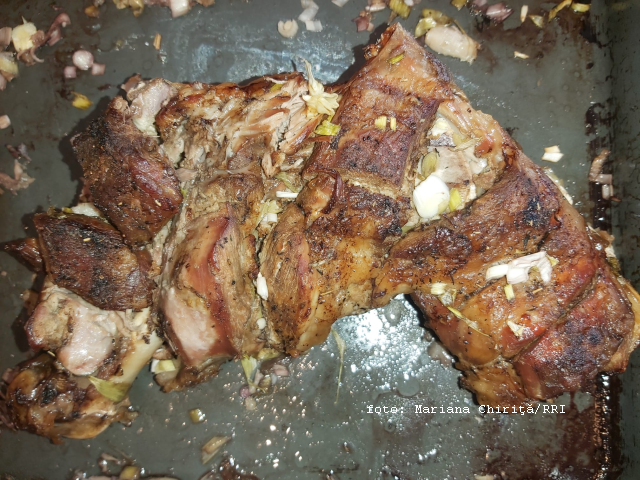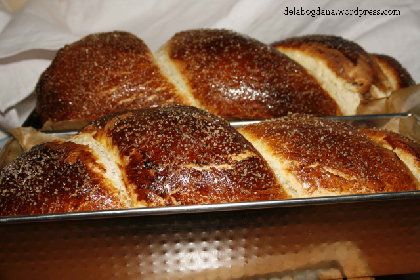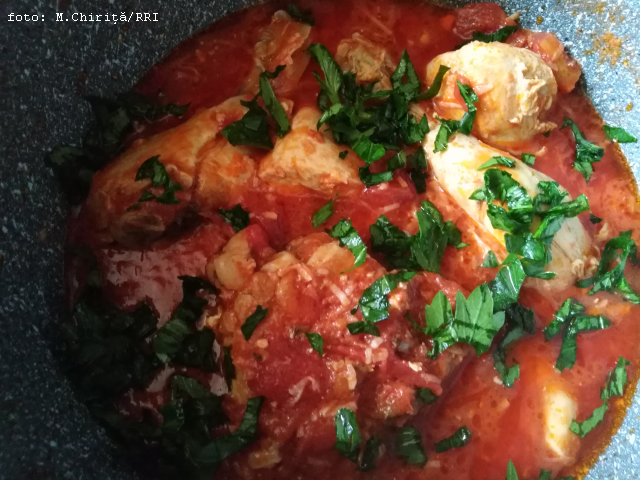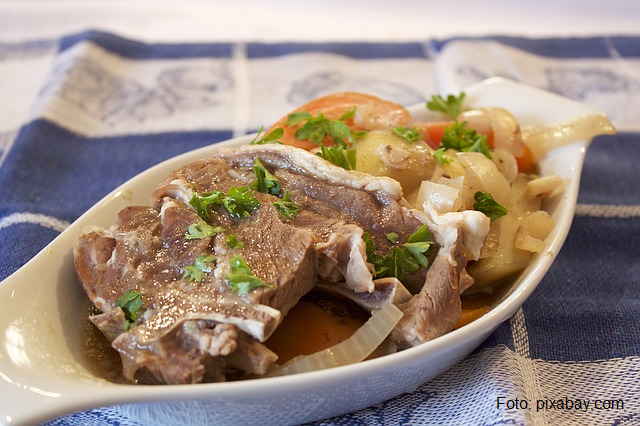Sausages from Banat
Banat, a Romanian historical province in western Romania, is home to different ethnic groups, something also seen in its cuisine.
Warning: Trying to access array offset on null in /home/web/rri.ro/public/wp-content/themes/rri/template-parts/content.php on line 53
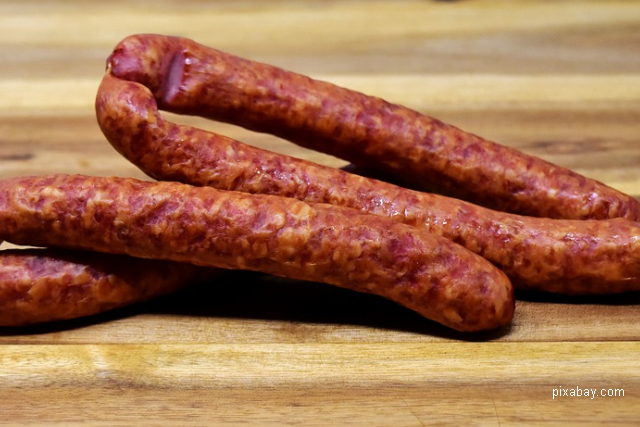
Warning: Trying to access array offset on null in /home/web/rri.ro/public/wp-content/themes/rri/template-parts/content.php on line 98
Ștefan Baciu,
19.01.2020, 14:00
The
ethnic Serbs from Banat, a Romanian historical province in western Romania,
celebrated Christmas at the beginning of January according to the Julian
calendar. Banat is home to many different ethnic communities and this
characteristic of the region can also be seen in its gastronomy, which features
many Hungarian and Austrian influences.
The cuisine of Banat is similar to that
of Transylvania, but it also features many southern influences thanks to the
region’s proximity to Greece and Italy and in particular to Serbia. The cuisine
of Banat stands out for its use of fatty dishes. Pork, beef and chicken meat is
used a lot, and even pancakes are cooked in lard, while flour is used in sauces
to make them more filling. Sausages are an integral part of the Banat cuisine,
some of which are known by the protected denomination of origin of this
province. In terms of colour, the sausages made in these parts look like those made
in Transylvania, some of which are also protected.
The so-called Ardeal sausages,
which are thicker and longer, are made from fatty pork mince and contain garlic
and other ingredients. The Szeckler sausages, which are made in the eastern
part of Transylvania, may sometimes also contain beef, but always contain
paprika. They have an intense reddish colour due to the smoking process to
which they were subjected to in order to make them last longer. The Banat
sausages are similar, with the exception that they only contain pork.
To make Banat sausages, you need
about 2 kg of pork and half a kilo of lard, as well as a head of garlic, a
spoonful of paprika, dried coriander and ground pepper. Some bone stock is also
needed. Cube the pork and the lard and put it through the meat-mincing machine.
Add the garlic, smashed, and the other dry and wet ingredients to the mince, as
well as salt to taste and mix everything well. Fill the pig intestines with the
mix and shape them until they are about 40 cm long and leave them to dry before
smoking them. They can then be consumed as such or fried in oil or lard.

